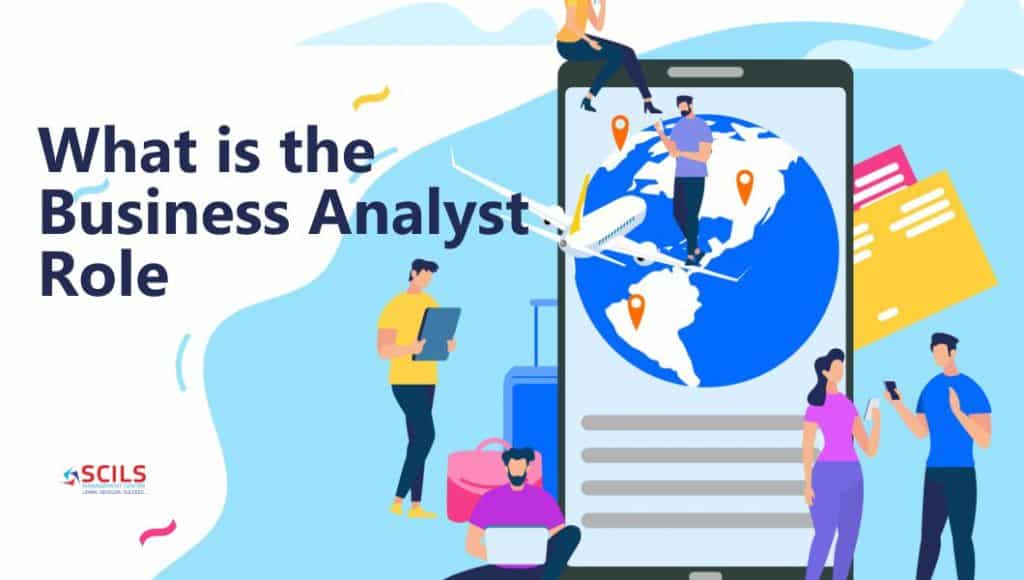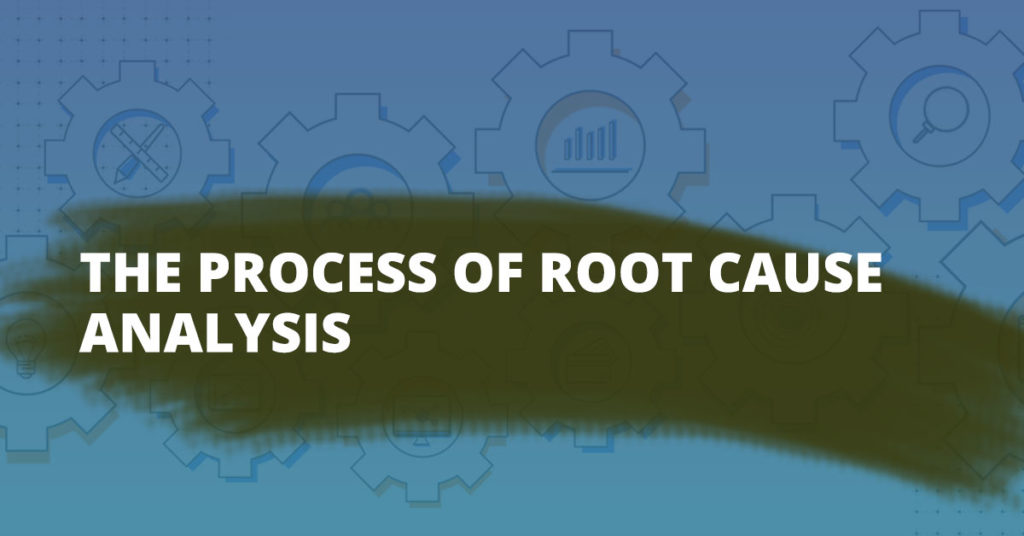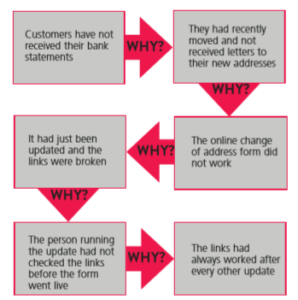Scrum is described as a ‘framework within which you can employ various processes and techniques’, rather than a process, or a technique, for building products. The Scrum framework is primarily team based, and defines associated roles, events, artifacts and rules. The three primary roles within the Scrum framework are:
- The product owner who represents the stakeholder,
- The scrum master who manages the scrum team and scrum processes,
- The team who develops the products
INTERESTED IN THE SCRUM PRODUCT OWNER CERTIFICATION
This article focuses on the product owner and its role in a product development. The key stakeholder of Scrum Projects is the Product Owner. One integral responsibility of the Product Owner is to convey the importance and significance of the Scrum Project to the Scrum Team. This is the key to the success of any Agile Project through the use of Product Backlog. Now let us look at some of the major roles of a Scrum Product Owner.
- Creation and Maintenance of the Product Backlog: Scrum Methodology is mostly used in the software environment and new product development field. This is an on-going job and full-time responsibility of the Product Owner. He has to constantly keep grooming it especially before any sprint planning meetings.
- Prioritizing of Backlog according to the Business ROI: Product Owner also needs to prioritize and sequence the backlog according to the needs of the business and situations.
- He also elaborates the epics, themes, and features into user stories which are feasible enough to be achieved in a single sprint.
- The Product Owner does the job of continuously reminding the Team of the Sprint & Release and ensures that the team remains on track in realizing their goals.
- The Product Owner does the job of continuously engaging the customer and stakeholders to ensure that the Team is building the right product and delivering the business value expected from it. Also at the end of every Sprint, the Product Owner has the opportunity to steer the team in the direction which will create value for the stakeholders.
- The Product Owner also keeps inspecting the work done by the Scrum Team at the end of every Sprint and has the absolute authority to accept or reject their work or to suggest modifications.
- Product owner also acts as the voice of the Team to the outside world and should ensure that all the channels of communication remain open and the project get the right kind and type of support needed to succeed.
- Has the authority to terminate a Sprint if the Product Owner feels that there is the drastic change in direction needed and the Spent is no longer needed. It may happen in cases where the competitor releases a new product and the client wants a counter response
The responsibilities of a Product Owner is onerous and there are a lot of hats that have to be worn by him hence the choice of a Product Owner must be done wisely as it could lead to success or failure for the entire project which could ultimately mean success or failure of the company
Scrum Product Owner Training
The scrum product owner training with certification from the Scrumstudy is a two weekend (saturdays and sundays) training schedule. You write the exam after the training. Read more about the course here – scrum product owner
What are the roles of a Scrum Product Owner? Read More »




